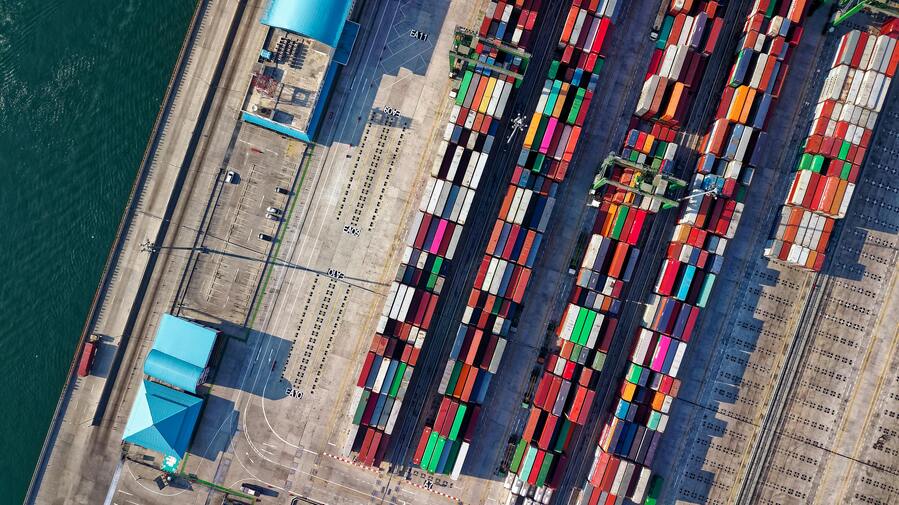Surely on more than one occasion you have had to face a report, graph etc. without really understanding its content. Big data visualization has become a key aspect to know how to get the most out of the information, helping to make decisions in a prescriptive way.
Unmanaged data is something unfriendly, which does not help decision making. However, when we understand it, it will help us make decisions to improve both our work and the effectiveness we achieve.
When data is visualized (instead of looking at it in Excel tables) it will change our experience both as a user, collaborator, developer, client or consultant. Making them understandable and offering us the opportunity to interact.
The Big Data era
Most of the time when we talk about “data” we usually mean numbers. In the case of Data Mining it is going to involve the analysis and modeling of data repositories (i.e. Big Data), involving knowledge areas such as
- Artificial Intelligence.
- Statistics.
- Automatic learning.
- Visualization.
The truth is that nowadays, we generate a huge amount of data every day. In 2018 Cisco estimated that during 2019 it would reach 10.4 zb. And considering that each zetabyte corresponds to one trillion gigabytes, that’s a brutal amount of information.
Displaying maps, tables, and even a list of ideas arranged vertically will help improve your understanding. That’s why, in the age of gigabytes, information is going to be crucial for citizens and users.
Visualizing data in big Data
Making the information understandable is crucial. No matter how many figures you have. This requires the use of data analysis software. In this way, we can build dashboards with visual and/or multimedia content from the previously processed data.
Different programming systems such as Phyton, Stata, or RStudio will facilitate the transfer of numerical tables to graphical displays for viewing in reports, publications, and/or presentations. In this way, the data are simplified and instead of showing a table with thousands of cells, we will have a graph with the analysis of those data. In this way, we can analyze all the information in one place.
Nowadays, being able to represent the data in a more understandable way for the user, is something that is done in all sectors, including also politicians, information platforms etc.









